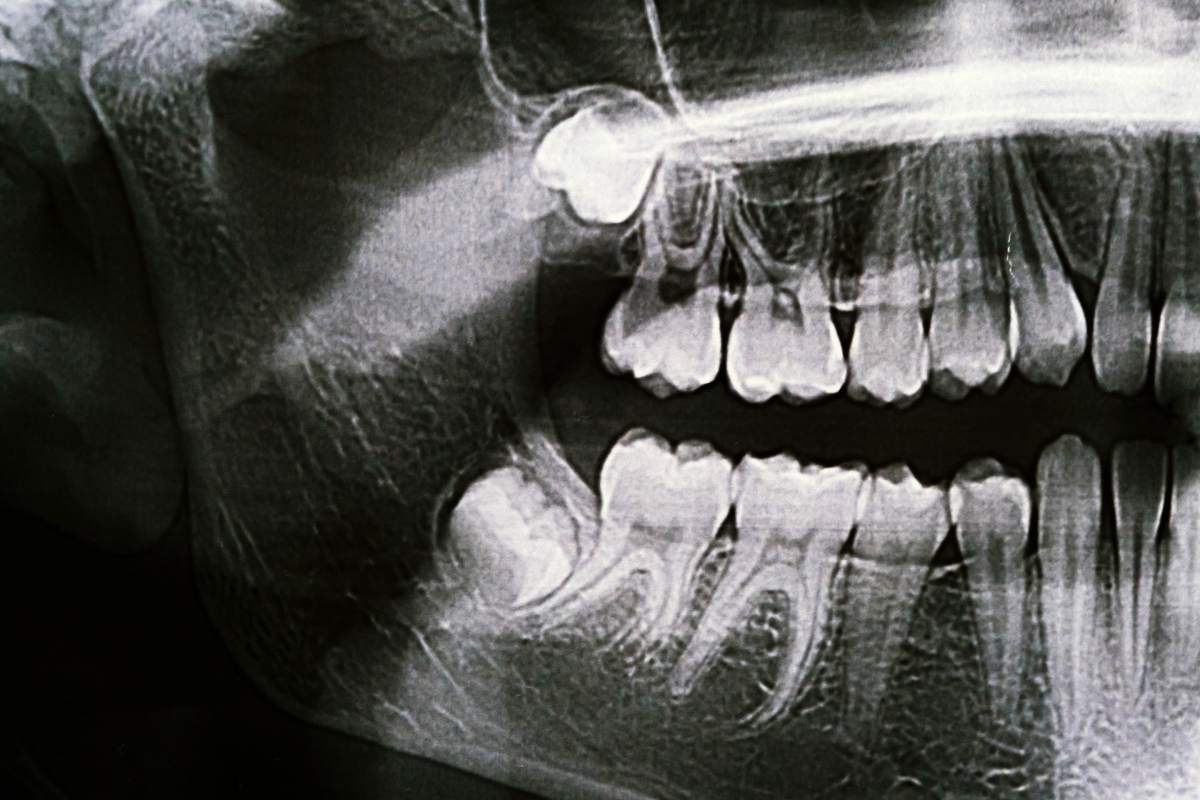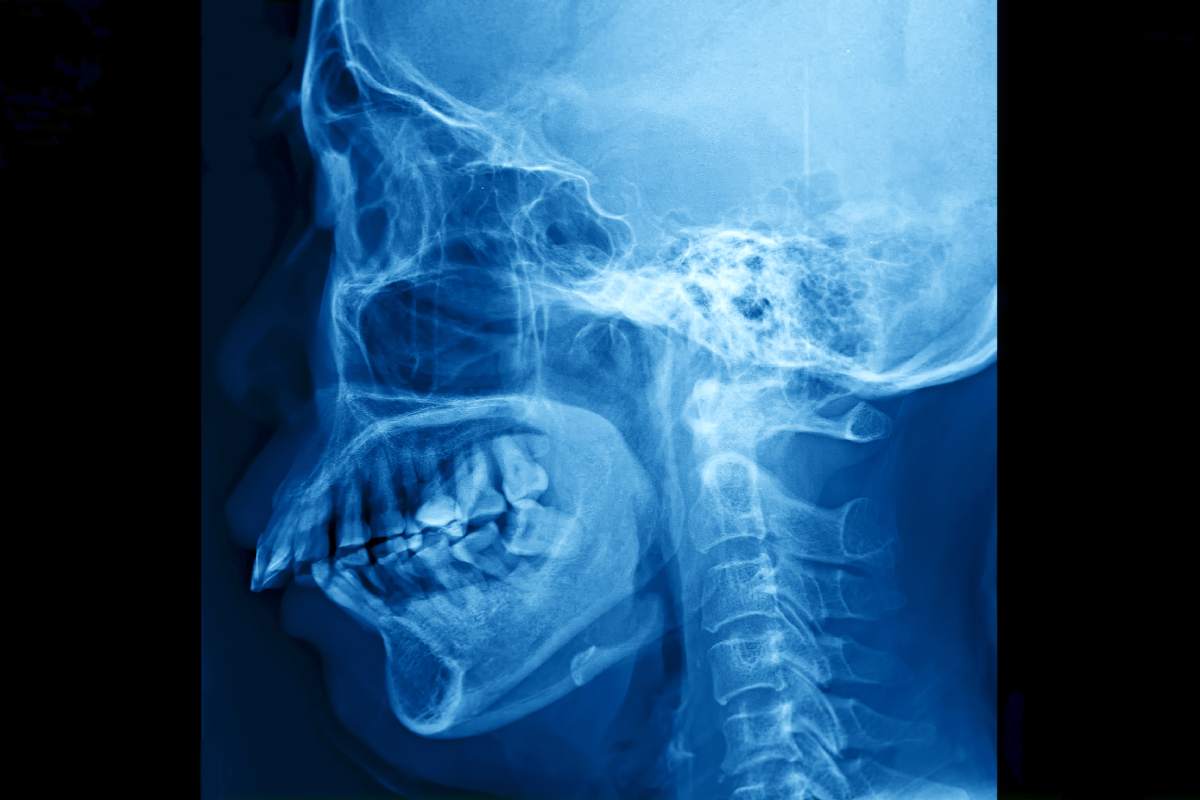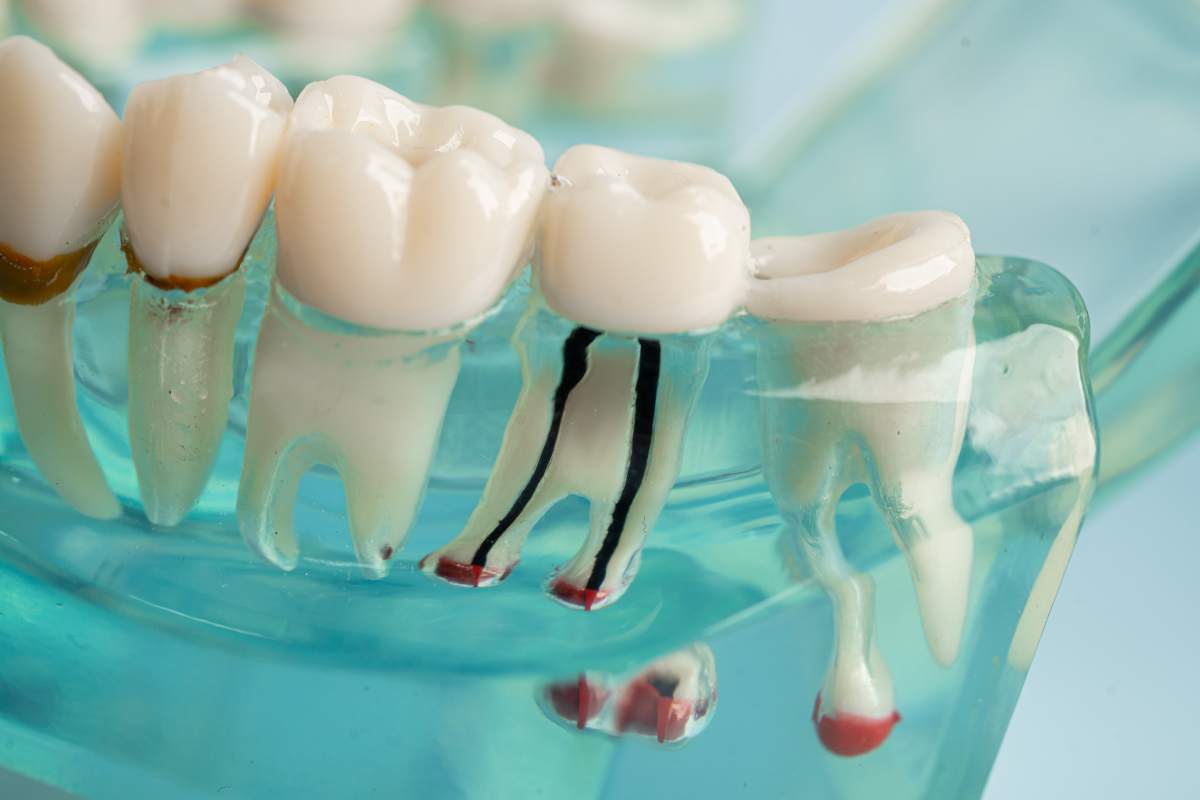Melasma is a type of hyperpigmentation that can affect the face, neck, shoulders, and decolletage. It is often mistaken for age spots, but it’s caused by excessive melanin, which causes the skin to become uneven in tone. In this article, we’re going to look at treatment creams and serums designed to treat this condition. But first, let’s look at what exactly causes melasma.
What Causes Melasma?
Melasma is a dark pigmentation of the skin which typically affects women during pregnancy or menopause. It is caused by hormonal fluctuations (including from hormonal treatments) or pregnancy, sun exposure, and genetic predisposition. For those who suffer from melasma (a condition that occurs when the pigment cells of the epidermis change and create patches of discolouration on the skin), it can be difficult to find treatment options.
People with darker skin tones are more susceptible to pigmentation problems, where minor skin injuries like insect bites, can cause a change in skin pigment, creating dark spots called hyperpigmentation. The symptoms of melasma can differ depending on a person’s skin tone with melasma on dark skin appearing as dark brown or grey-brown patches. These patches often appear in asymmetrical patterns on both sides of the face or other parts of the body:
Brachial: Appearing on the shoulders and upper arms.
Centrofacial: Appearing on the forehead, cheeks, nose, and upper lip.
Lateral cheek pattern: Appearing on both cheeks.
Malar: Appearing on your cheeks and nose.
Mandibular: Appearing on the jawline.
Neck: In people aged 50 or older, melasma can appear on all sides of the neck.
There are melasma treatment creams that can help reduce signs of melasma that use any of the following ingredients: retinoids, hydroquinone, ketoconazole, Tazorac, tretinoin, azelaic acid.
Types of Melasma
There are three types of melasma, which correspond to the depth of the hyperpigmentation in the skin:
Epidermal: This presents as a dark brown colour, a well-defined border, appears obviously under black light and sometimes responds well to treatment.
Dermal: This type has a light brown or bluish colour, a hazy border, appears no differently under black light and doesn’t respond well to treatment.
Mixed melasma: This is the most common of the three, has both bluish and brown patches, shows a mixed pattern under black light, and shows some response to treatment.
Melasma Treatment For Darker Skin
Due to the complexity of its causes, melasma include brightening and fading creams and serums, hydroquinone, retinoids, and chemical peels. There are also a number of in-clinic therapies that have been shown to be safe and effective melasma treatments for darker skin tones.
Prescription Only Creams & Serums: Today, there are more and more telemedicine providers creating personalised Melasma treatments for their patients based on their lifestyles, and current skincare routines. While you could continue to use over-the-counter (OTC) melasma creams, they will often contain the same ingredient mix, in the same proportions (NOT tailored to your specific needs), for most conditions. Everyone’s skin is different, which makes these OTC creams largely ineffective when it comes to fading the pigmentation that comes with melasma.
With a personalised treatment cream blended specifically for your skin’s sensitivity and tolerance, you will see a marked improvement (usually between three to six months of continuous use of the treatment) in your pigmentation. Telemedicine services often begin with a questionnaire, followed by an online consultation with a doctor, who will then diagnose your melasma. A prescription-only cream base or serum is then formulated for your needs and delivered to your door.
These clinically compounded melasma creams will have a combination of the following ingredients, dependent on what other skin problems you might be addressing at the same time:
Azelaic Acid – The properties of azelaic acid are the reason it is so effective in helping to get rid of melasma. There are three main reasons why this acid is so effective in fighting this skin disease: it targets melanin, its anti-inflammatory properties reduce redness, and it has antioxidant properties that help fight free radicals.
Hydroquinone – Hydroquinone is a powerful ingredient that helps to fight against hyperpigmentation. It works by inhibiting tyrosinase, an enzyme involved in melanin formation. Hydroquinone is found in creams and lotions to combat the common skin condition melasma.
Tranexamic Acid – This acid, also known as TXA, is a chemical compound that has been shown to help with fading melasma. This is because TXA was found to inhibit the growth of melanin (the pigment responsible for producing skin discolouration). It also helps with inflammation and makes it easier for the other ingredients in the treatment to work.
Tretinoin – Tretinoin, a synthetic form of vitamin A, is one of the most popular medications prescribed to patients with melasma. This cream contains the active ingredient tretinoin, which is a retinoid that has anti-inflammatory properties. When combined with other important ingredients found in topical creams, it can help people get rid of dark spots and hyperpigmentation caused by melasma.
Retinol – Retinols targets a multitude of anti-ageing concerns, from skin tone to laxity and texture. Once you find the right retinoid for your skin type, it smooths fine lines and wrinkles, boosts collagen production, and helps banish hyperpigmentation
Microdermabrasion: A mildly abrasive instrument is used to remove the top layer of skin, often used for treating scarring, discolouration, sun damage, and stretch marks.
Microneedling: When treating melasma, microneedling is used in tandem with skin lightening creams containing a topical retinoid, vitamin C serums, or hydroquinone creams.
Medium-Depth Chemical Peel: Glycolic peels are commonly used to treat melasma. Azelaic acid reduces melasma in darker skin tones with its anti-melanin properties that act on hyperactive melanocytes.
Laser and Light Therapy: If you have dark skin, you should avoid Intense Pulsed Light (IPL) treatments, Fraxel lasers, skin-tightening lasers at the 1540 wavelength, and laser hair removal. These treatments cause trauma to the skin, which for darker tones can often result in post-inflammatory pigmentation.
With all of this in mind – while it can take time to see results from these treatments, we wish there was a magical cream – if it makes you feel more confident it is definitely worth investing in your skin.
















